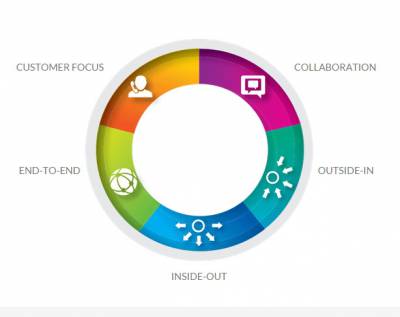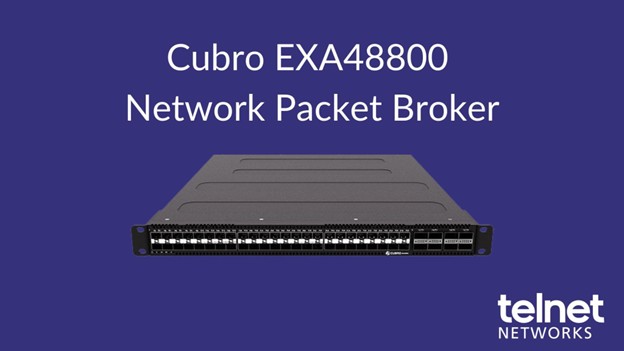The convergence of voice, web, social media and video means that solution providers are coming up with exciting and sophisticated ways to allow users to take more control of their customer service experience. Customers want to decide how they communicate with your company, and how your company communicates with them.
Two of the challenges facing contact centres today are “multichannel” and “multimodal” technologies. This article will explore these terms and introduce some ways to ensure that the performance of these capabilities can be maintained and optimized.
In addition to speaking with an agent, today’s customers have access to a variety of self-service options; they can schedule a service call via the Web or an IVR by logging in with an account number, or they can send an email or chat with an online representative. The availability of multiple touch-points by which a customer can access your company is a multi-channel contact centre solution, with each transaction utilizing just a single channel at a time.
Even a chat session that results in a callback or click-to-call event uses only one channel at a time, even though the contact centre offers up multiple channels.
Enter Multimodal.
Now with SmartPhones and WebRTC, consumers have access to a much richer and potentially more powerful user interface. Add a Bluetooth headset to the SmartPhone and now the user can access the rest of the phone’s features while carrying on a conversation. Consumers are already tapping multimodal capabilities through features like Amazon’s Kindle Fire “Mayday” button and click-to-call interactions with insurance agents that allow the policy holder to take a video of damage to their car and submit it to the agent for an estimate – all while still talking to the agent.
But what about the contact centre side of that multimodal experience?
With SIP pipes into the centre and WebRTC extended to the agents wherever they may be, this multimodal scenario is possible today. But now, in addition to the communications pipes being converged, the content (previously segregated and siloed), must be integrated as well. These are new frontiers for contact centre architectures and just like the technologies that emerged previously (IVR and web self-service, speech reco, CTI, IPT), they will run into some bumps in the road.
And that’s where IQ Services comes in.
IQ Services offers testing and monitoring services that determine whether all your customer facing solutions work as desired under load and continue to be available 24/7 in production.
- Do you know if an increase in voice traffic adversely affects response time of your web self-service solution?
- Can your SIP pipes handle the same sudden increase in incoming traffic your old-fashioned TDM boxes handled sitting down?
- Are you concerned about your process for logging-in remote agents via the web and delivering calls to them?
- How about proving that your converged queuing process properly elevates high-profile chat customers over lower priority voice customers?
Our systems can easily be configured to interact with your multichannel or multimodal contact centre solutions to ensure it all works together, whether it’s one channel at a time or across multiple channels. The insight we provide will give you confidence that the experience your customers have is the one you intend – one that delivers on your company’s brand promise. Contact us to learn more.
Thanks to IQ Services for the article.






